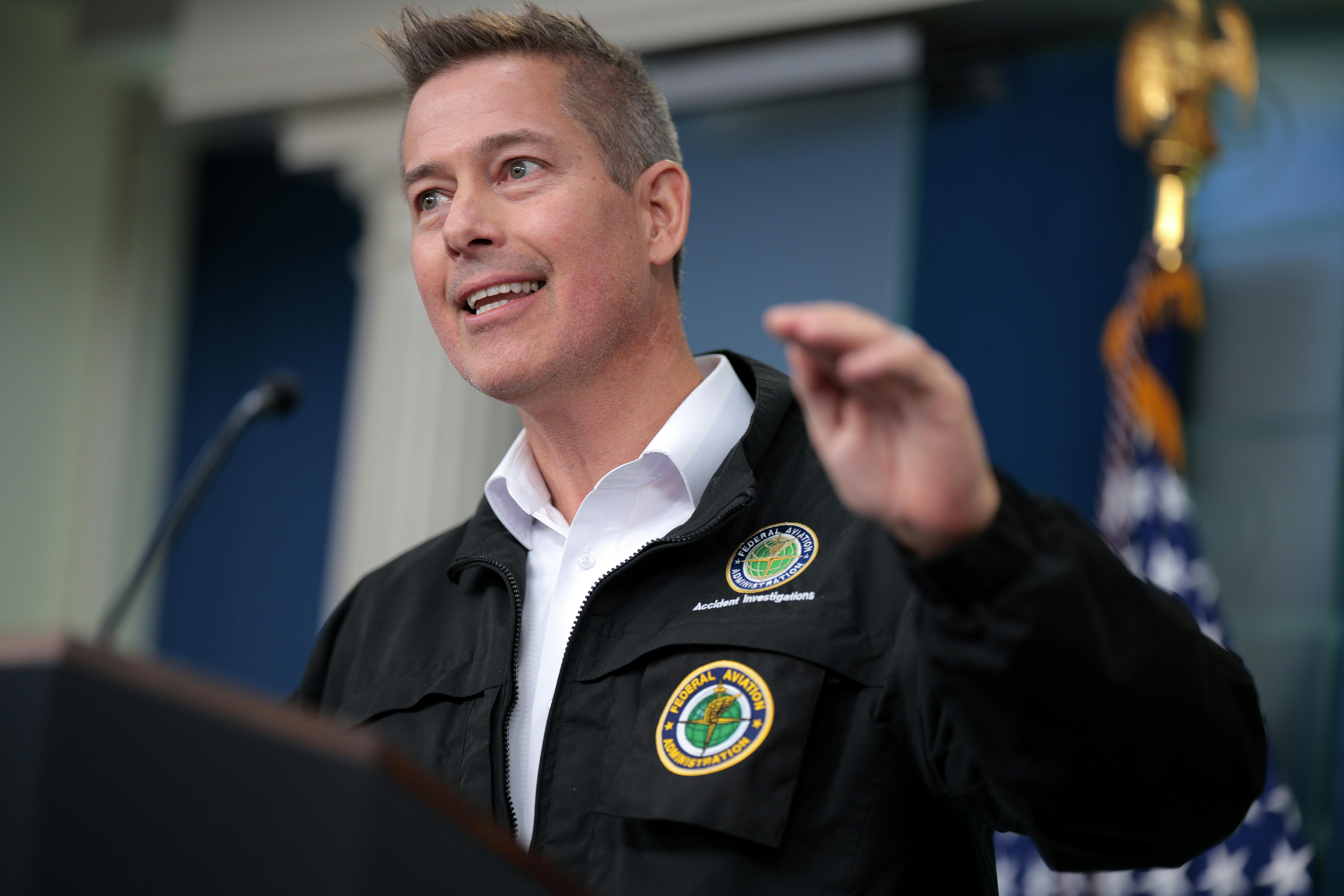A First-time Guide To Bora Bora
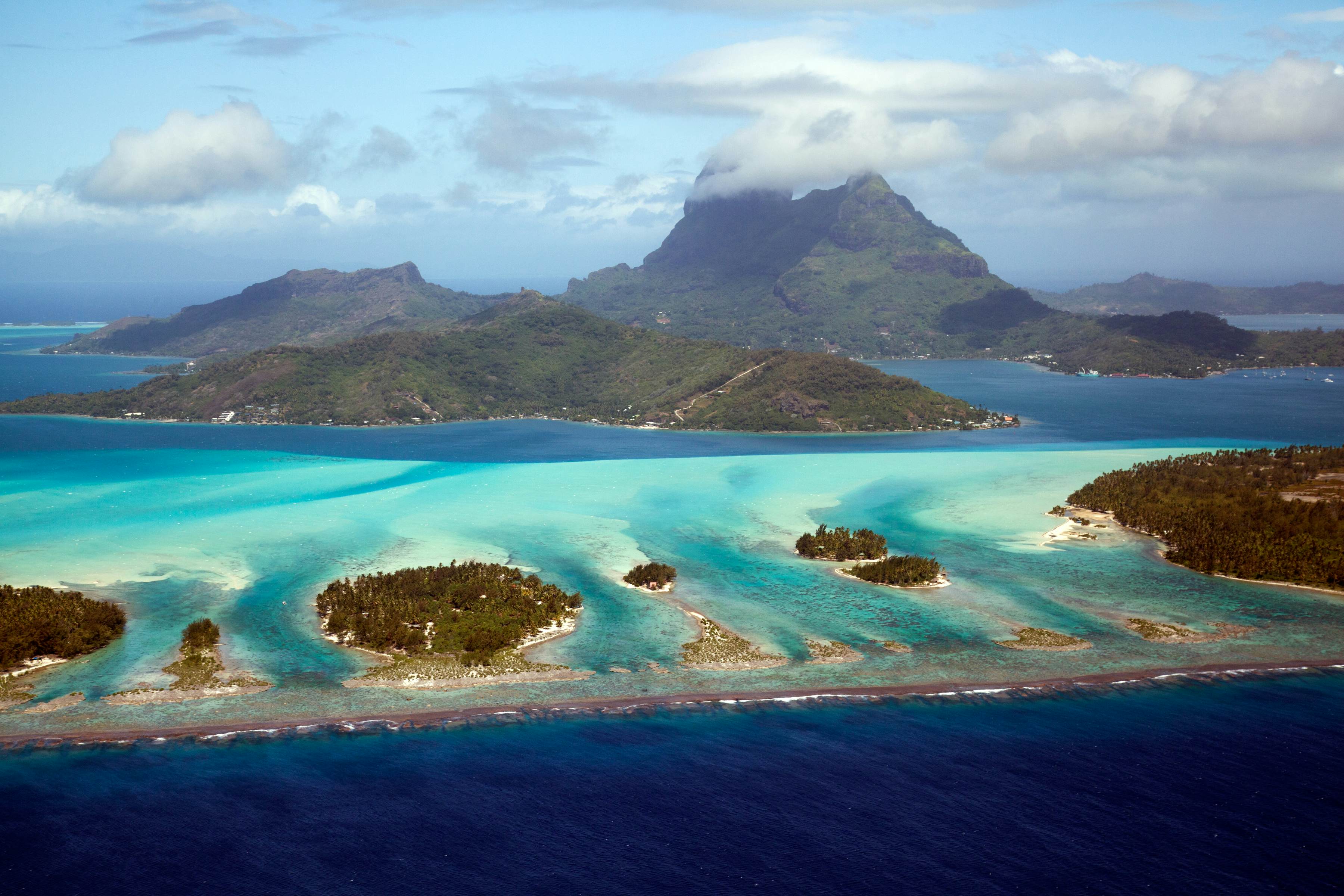
An emerald dropped into French Polynesia’s sea of chalcedony, the volcanic island of Bora Bora is unapologetically lush and luxe. Crystalline lagoons shimmer like cut glass, forest-draped peaks spike with wild elegance and overwater bungalows bring the drink right to your doorstep; Bora Bora sure knows how to make an impression.
Famed for being a honeymooner’s haven, Bora Bora is Tahiti’s quieter little sister. Most come here for the allure that lies in escaping the modern hustle and reconnecting with nature. You won’t find bustling nightlife and late-night bar crawls on this isle of just 38 sq km (14.7 sq miles), though there’s no shortage of adrenaline-fueled nature activities either, if that’s your game.
So, what’s a first-timer to do? Here’s what you need to know when planning your own unique retreat to the Pearl of the Pacific.
Bora Bora is a year-round destination that's slightly cheaper to visit from December to March. Frederick Millett/500px ©Frederick Millett/500px When should I go to Bora Bora?The good news? You can visit anytime, but weather can make some seasons more appealing than others. Winter, from May to October in the southern hemisphere, is the peak period with dry conditions and temperatures in the high 20°Cs (mid-80°Fs), but expect higher prices and less availability at busier resorts. The weather is bang-on perfect, and the calm sea offers optimal visibility for snorkeling, swimming and diving. Whales, including humpback, pygmy killer, common rorqual and melon-headed, migrate here every year from July to November, nursing their calves in the predator-free waters. With multiple tour operators, tours to watch them are easy to book.
From December to March, the wet season brings more rain, higher humidity and a noticeable uptick in mosquitoes. But on the bright side, prices drop and accommodations are more plentiful, so your dollar goes further. You’ll have more of the island to yourself with less crowded beaches and the lush vegetation at its most verdant. Additionally, you may get a more authentic feel for life on the island with fewer tourists and more locals.
Consider the shoulder season on either side of the weather stages, from April to May, and the month of November. Most of the island’s Polynesian festivals and events happen during this time, including the Tahiti Pearl Regatta, Pareo Day, and the Hawaiki Nui Va’a outrigger canoe races. April starts the scuba diving season in Bora Bora, and the ocean is warm at about 28°C (83°F). You’ll also find that the rain eases, giving way to drier days. Accommodations and flights remain more cost-effective compared to peak season rates, too.
How much time should I spend in Bora Bora?
A three- to four-day stay can give you a taste of the highlights. Snorkel the tepid waters of the sugar sand beaches outside your accommodation, explore the heritage and cultural sites and dive into traditional cuisine. The tricky part won’t be finding something to see but narrowing down your options. The longer you stay, the more you’ll see.
Is it easy to get in and around Bora Bora?
This overseas French Republic is roughly halfway between Australia and South America and is about a 12-hour flight from Los Angeles. Travelers must first stop in Tahiti to clear customs before continuing to the island. Bora Bora is the visible peak of an ancient, extinct volcano encircled by a protective coral reef. Dotted around this reef are small islets known as motu, all privately owned. The local airport claims its own motu, which is accessible by boat. Typically, resorts arrange transfers as part of your stay, but if not, there are shuttle services for a fee, depending on your airline.
Bora Bora lacks public transport, but it does offer fun open-air electric vehicles called Twizies, zippy little scooters, and, for the truly fit, bicycles that visitors can rent. It won't take long to navigate the road around the island, which is only 30km-long (19 miles) and blissfully flat. Taxis are available, but you’ll need to book in advance; they don’t cruise around looking for fares. My favorite way to explore is renting a self-drive motorboat with a local outfitter such as Bora Bora Boat Rental. It comes with a simple map, safety equipment, an ice-filled cooler and fuel.
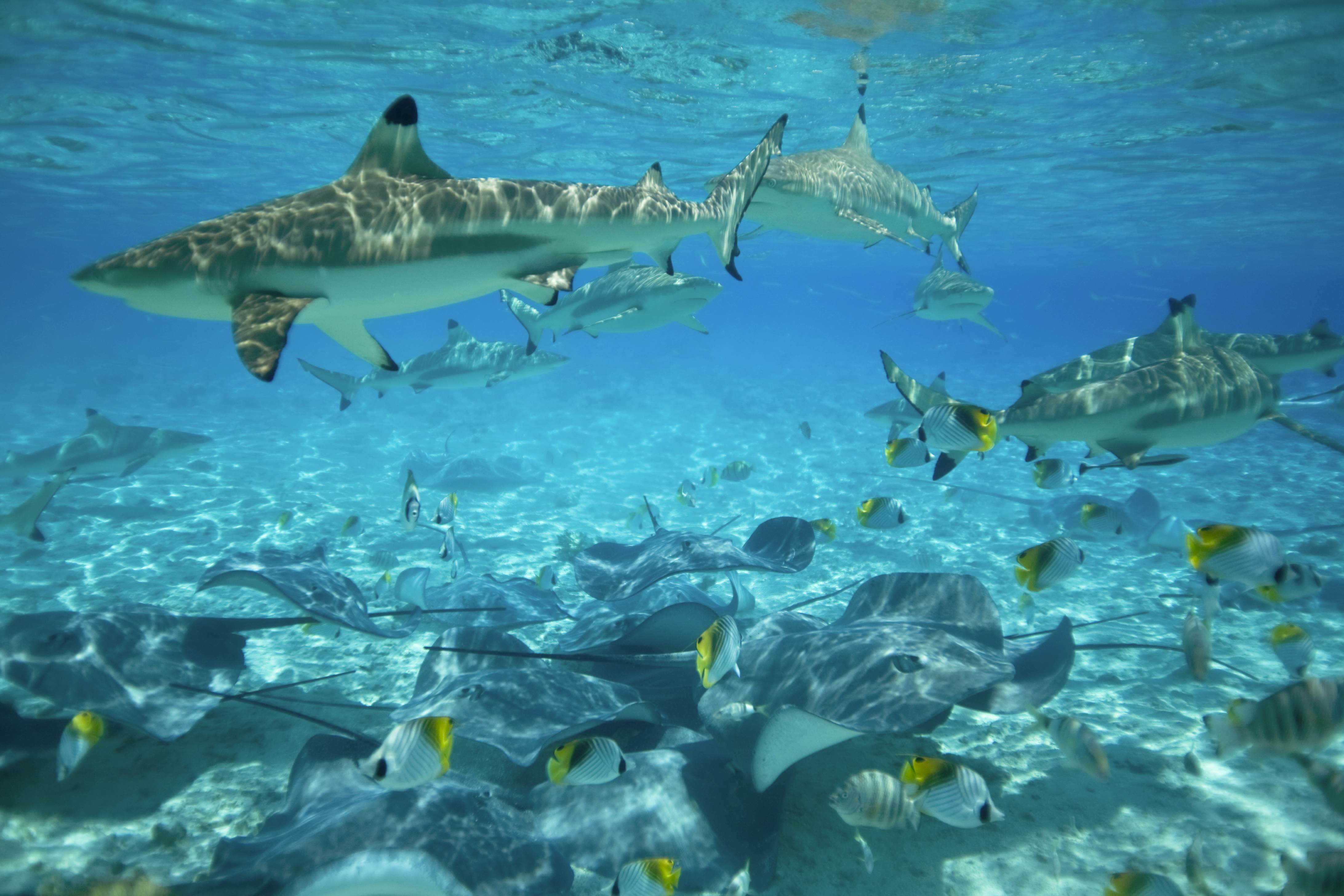 Head out with a snorkel and you might see reef sharks, rays and plenty of colorful fish. Merten Snijders/Getty Images Merten Snijders/Getty Images
Top things to do in Bora Bora
Head out with a snorkel and you might see reef sharks, rays and plenty of colorful fish. Merten Snijders/Getty Images Merten Snijders/Getty Images
Top things to do in Bora BoraSwim and snorkel in the South Pacific
Don’t mind sharing your swimming space with a few new friends? Spend a day on and in the water with Vavau Adventures, a locally led tour aboard a Polynesian canoe. Spotting giant manta rays and sharks (black tip, leopard, lemon and nurse) is a thrill that few miss the opportunity to enjoy while here. Don a mask and snorkel, and ease yourself into the waist-deep waters where these surprisingly docile creatures decide whether they’ll approach you; most do. There’s no feeding or touching allowed, but the fauna is accustomed to the company, and their curiosity seems to match your own. Thanks to the transparent water, even those who prefer to view from the comfort of the canoe have a pristine panorama of life beneath the surface.
Indulge in a lazy stay at an overwater bungalow
For many, Bora Bora’s main drawcard is the opportunity to indulge in a stay in one of its iconic overwater bungalows. This is your exclusive slice of paradise, where mornings begin with coffee and room service on your private deck as the sea sparkles below. There’s no judgment if you decide to make a day of it. Pop on your playlist for a personalized concert, climb down your ladder to take a dip and snorkel, swim or float. Lounge with that book you’ve been meaning to read. Dream.
Buy local foods and crafts in Vaitape
About half the island’s population, or 5000 people, live in Vaitape, the main city of Bora Bora. It’s on the west side of the island, facing the lagoon, and it’s where visitors can experience a mix of local culture and everyday life alongside convenient access to shops and restaurants. You’ll find small boutiques selling handcrafted souvenirs, often with the artisans in residence, and practical stores like grocery markets and pearl farmers showcasing their celebrated black baubles. Don’t leave without tasting the poisson cru (raw fish cured with fresh lime and coconut milk), and grab a firifiri (deep-fried Tahitian doughnut) for dessert.
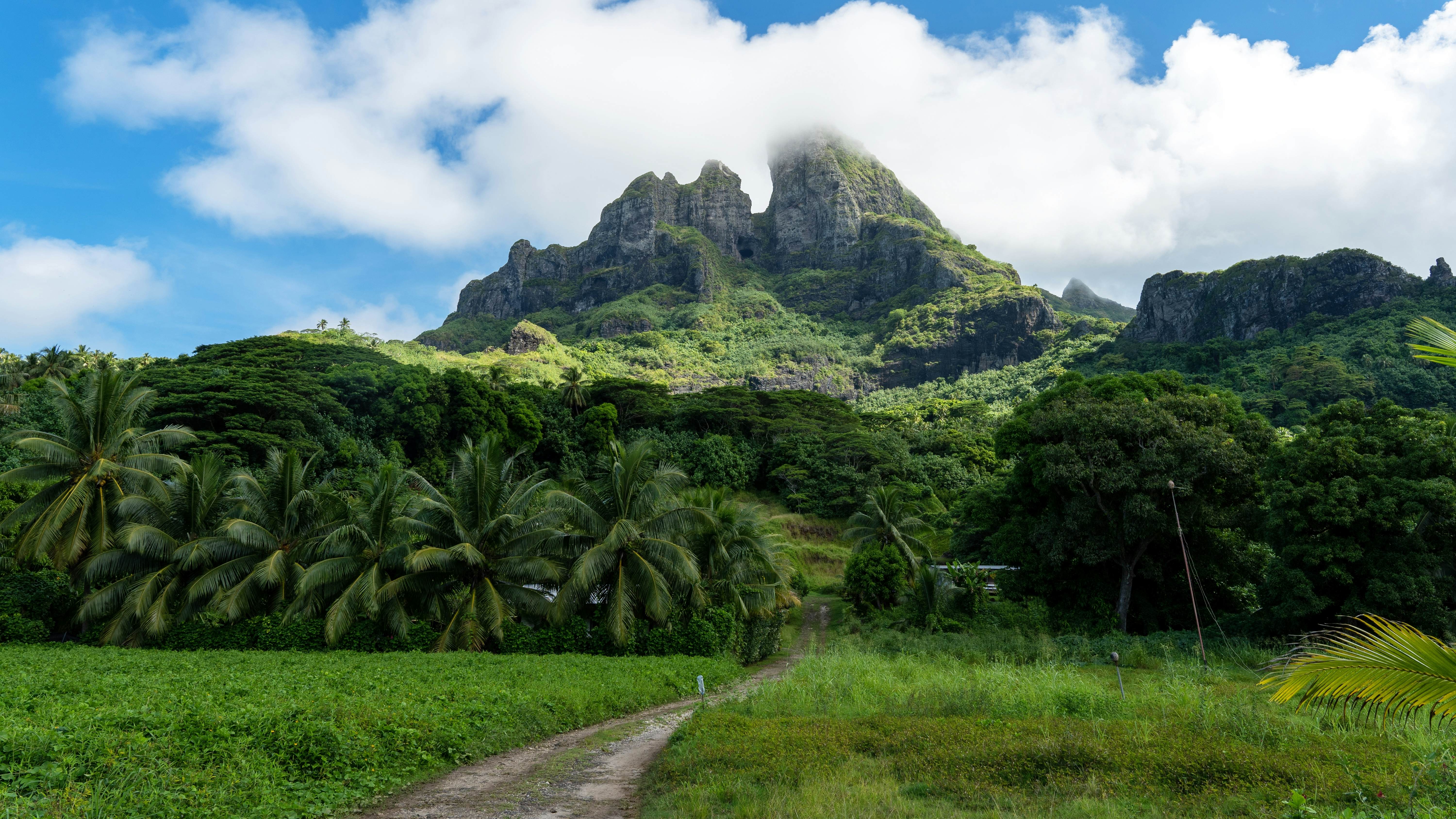 Allow a full day to complete the hike to the summit of craggy Mt Otemanu. Sven Kiesser/Shutterstock Sven Kiesser / Shutterstock
Hike up Mount Otemanu
Allow a full day to complete the hike to the summit of craggy Mt Otemanu. Sven Kiesser/Shutterstock Sven Kiesser / Shutterstock
Hike up Mount OtemanuMt Otemanu, in the center of the main island, surges 727m (2385ft) from the lagoon, making it the highest spot around. There are several origin stories, one of which translates the name to “seabird” and another that translates it to mean “the peak which sucks up living things.” Yikes.
Hiking to the top and back over craggy volcanic rock is a full day’s trek of four to six hours, depending on your fitness level. It’s preferable to go with a guide for safety (try Django Teriirere of Bora Hiking Explorer), especially if you’re keen to view sunrise or sunset from the top. Take plenty of water, wear a hat, don’t forget your camera, and if you have binoculars, bring those too. You’ll want to sit at the top and marinate in the self-satisfaction you feel after the journey to what seems like the top of the world.
Find bliss on Matira Beach
Matira Beach is the only public beach on Bora Bora. Ringed with dense vegetation, it’s the perfect spot for people watching catching some sun. Don’t neglect your adventure fix here, though. Watersports reign supreme, and it’s a cinch to rent jet skis, paddleboards and even zoomy ATVs from a longstanding local tour company, such as Matira Jet Tours, without leaving the sand. Shack-style bars called les roulottes serve fresh local specialties and ensure you won’t get thirsty; it might be the most refreshing Hinano (the local beer) you’ll ever have. The beach’s western-facing vantage makes it a flawless front row come sundown, so don’t be in a hurry to leave.
Dive down in a mini-submarine
Underwater scooters…can you even? Breathe easily (literally) under the water in your own mini-submarine. Intuitive controls make it more straightforward than you’d think to make the most of your immersion, and the clear helmet means you don’t need dive expertise or experience thanks to the air pocket inside. They’ll take good care of you at Bora Ocean Adventures.
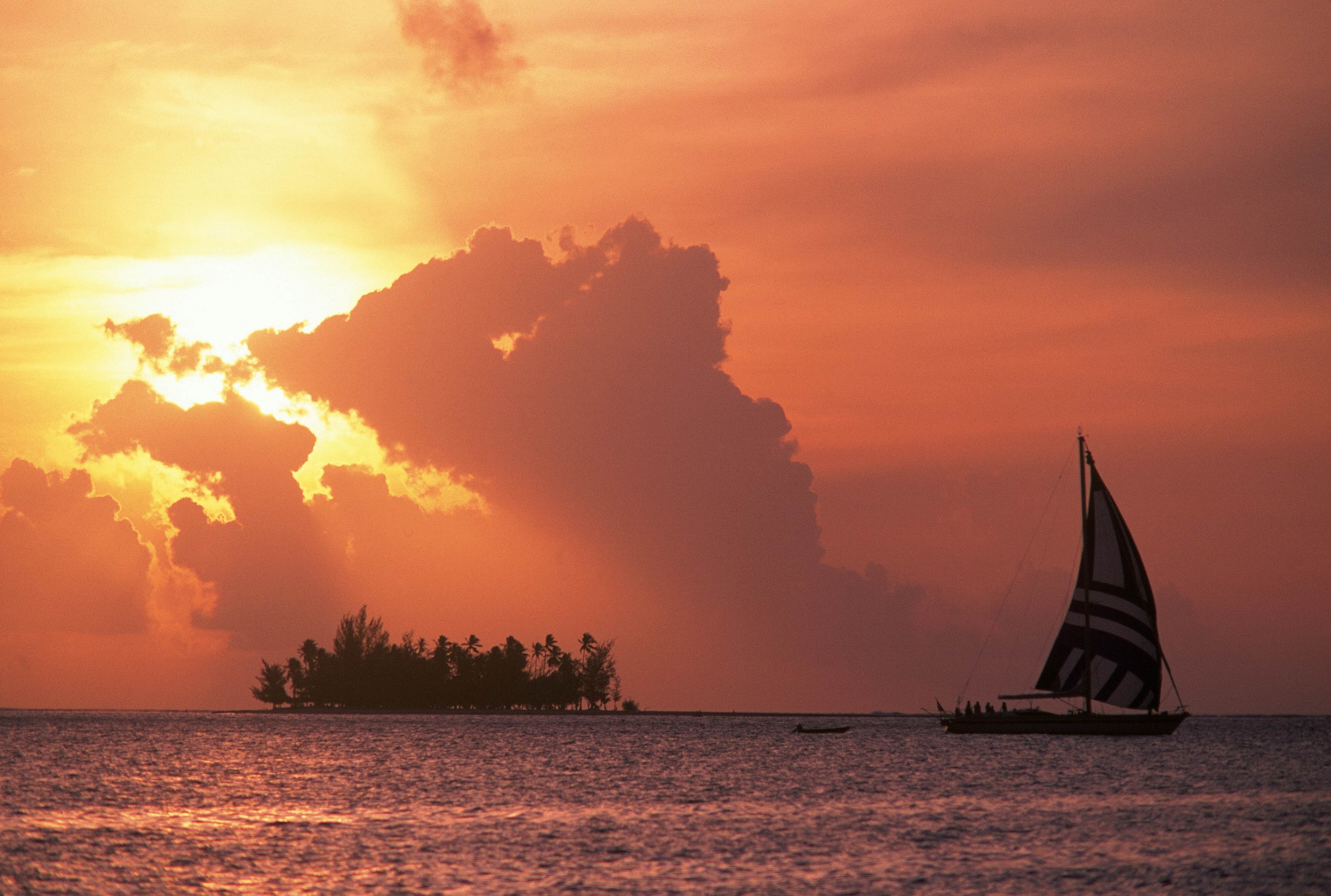 Don't miss a sunset cruise when the Bora Bora scenery is bathed in golden light. Mitch Diamond/Getty Images Mitch Diamond/Getty Images
My favorite thing to do in Bora Bora
Don't miss a sunset cruise when the Bora Bora scenery is bathed in golden light. Mitch Diamond/Getty Images Mitch Diamond/Getty Images
My favorite thing to do in Bora BoraSunset cruises aboard a catamaran in Bora Bora are my indulgence – a gloriously clichéd love affair I enter shamelessly into every time I visit. And why not? Life is short, the scenery is stunning, and champagne tastes better on a boat, even if it’s occasionally tinged with a bit of sea spray. Island outfitter Vitamin Sea includes a free boat transfer.
How much money do I need for Bora Bora?
Bora Bora is not the type of destination you’ll “do on a shoestring,” so be prepared to embrace the splurge. It’s best to have a bit of local currency, the French Pacific Franc (Cour de Franc Pacifique, CFP), for local shops, markets and souvenirs. ATMs on the island and at the airport in Papeete (Tahiti) have fair exchange rates. The more established outlets widely accept credit cards (some with minimum spend), and if there is a reliable wi-fi connection, even Apple Pay. At larger resorts, charge to your room and settle up afterward. Although USD is accepted almost everywhere, the exchange rate is typically your least advantageous option.
● Upscale overwater bungalow: 116,500–460,500 CFP (US$1015–4005)
● Budget hotel: 23,000–58,000 CFP (US$200–504)
● Self-catering bungalow or apartment (including Airbnb): 46,300–175,000 CFP (US$402–1522)
● Coffee: 400–700 CFP (US$3.50–6.09)
● Cocktail: 1700–2900 CFP (US$14.78–25)
● Simple, casual dining: 1150–6000 CFP (US$10–50)
● Fine dining: 11,500–46,500 CFP (US$100–404)
Do I tip in Bora Bora?
Although not traditionally part of Tahitian culture, tip creep is present yet not considered standard. You can tip at your discretion for exceptional service or to show appreciation for a memorable or special experience.
Is it safe to drink the water in Bora Bora?
Most resorts provide bottled water to guests as a measure of prevention, though tap water is considered safe, especially for brushing teeth and washing hands. When staying outside of a major resort, seek confirmation from your hosts.
Are there health care facilities on Bora Bora?
Bora Bora has a pharmacy and medical center in Vaitape for general and emergency care. For significant clinical procedures, patients are transferred to Papeete by air. Visitors should have comprehensive medical insurance in the event of a worst-case scenario.
